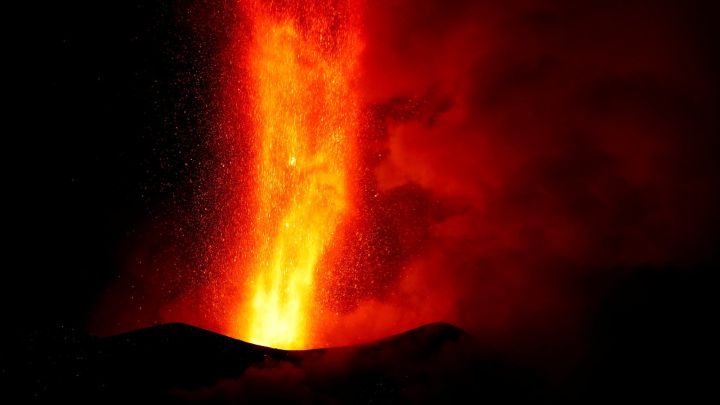Isabella O'Malley, M.Env.Sc
Thu, November 25, 2021

All ecosystems are worth protecting, but certain ones should be prioritized based on the staggering amounts of carbon they store, a study published in Nature Sustainability has stated.
Mangroves, peatlands, and old-growth forests are ecosystems that capture the highest levels of carbon, but if left protected would still require hundreds of years to capture all of the carbon dioxide emissions released by humans.
These types of ecosystems are particularly special due to their role in managing the global climate because they contain irrecoverable carbon, which is carbon that could not be recovered by 2050 if it was released into the atmosphere today.
“This timeframe exceeds the time we have remaining to avoid the worst impacts of global warming. There are some natural places that we cannot afford to lose due to their irreplaceable carbon reserves,” the scientists reported.

The Inside Passage in British Columbia. Many southern regions of B.C. have some of the highest reservoirs of carbon on the planet. (iStock / Getty Images Plus)
The Inside Passage in British Columbia. Many southern regions of B.C. have some of the highest reservoirs of carbon on the planet. (iStock / Getty Images Plus)
Approximately 23 per cent of the irrecoverable carbon is in state-designated protected areas and 33.6 per cent is managed by Indigenous peoples and local communities. Biomass, such as trees and seagrass, contains 57 per cent of irrecoverable carbon while 43 per cent is found in soils.
Data collected from remote sensors were used to map global carbon reserves. The analysis revealed that the regions with the highest densities of irrecoverable carbon are in the coastlines of British Columbia and Washington state, northern Ontario and Manitoba, western Siberia, western South America, the Congo Basin, Indonesia, Papua New Guinea, and Brunei.
Half of the irrecoverable carbon that is in existence is concentrated in just 3.3 per cent of the Earth’s surface, which is roughly equal to the land area of India and Mexico combined. The researchers have reported that this presents opportunities for initiatives that can target these relatively small areas.
Click here to view the video
The study stated that agriculture, logging, and wildfires have released at least four gigatonnes of irrecoverable carbon. There are approximately 139.1—582.7 gigatonnes of irrecoverable carbon remaining, which is currently facing risks from land use changes and climate change. So far, humans have added 651 gigatonnes to the atmosphere, which has caused global temperatures to warm more than 1°C since the early 1900s.
“While areas of current irrecoverable carbon loss require immediate attention, a view towards future risks — both due to shifting human pressures and a changing climate — is needed to ensure these irrecoverable carbon reserves are maintained over the coming decades,” the study stated.
“Decisions governing irrecoverable carbon in ecosystems today will affect the atmosphere of generations to come.”
Thumbnail credit: Alex Ratson/ Moment/ Getty Images














